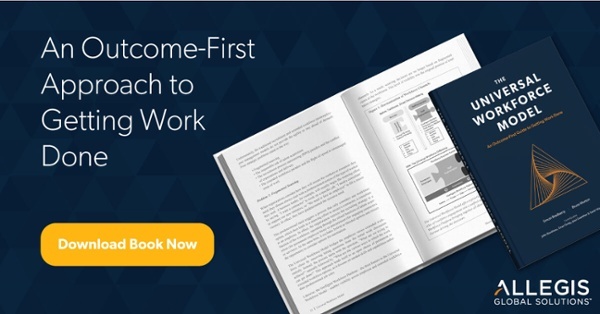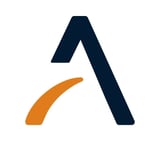Old Assumptions About Talent Create New Pitfalls for Getting Work Done
Is there anything more critical to your organization than its workforce? A series of surveys over the last year have put people and talent at the very top of the agenda for CEOs globally.
Ponder that for a moment. If current models for accessing talent were working well, would talent still be a pressing priority for C-suite leaders? We think not.
Consider how companies secure workers. First, when a talent need arises, we assume we know whom we seek, where to look and what to pay. HR, procurement and solutions partners may offer insight, but key decisions about the type of resource needed are often made too early in the process.
This is problematic. Predetermining a resource need triggers a process that only considers one workforce option and a sourcing effort to secure, say, a contractor, consultant or employee. The result excludes hybrid or blended options, misses considerations for automation and promulgates silos that restrict recruiting strategies to a fraction of the workforce.
It's Time to Rethink How Work Gets Done
If lessons learned in the past two years have taught us anything, we need to continue to rethink and redesign how work gets done. Past ways of working no longer exist. Instead, we need to look at a piece of work and say, “Who is the best person in the world with the skills to deliver that work, and how do we get it to them?”
To prepare for near-term change and long-term transformation, organizations must challenge the fundamentals of workforce design. And there’s no better time than the present as economic concerns and continued pressure to access and acquire talent loom large. Advances in AI and services-enabled architecture mean we have the technology to bring all workforce options into view. We can break desired business outcomes into their component tasks. And we can apply the best resources to get that work done.
These are the drivers of what we call the Universal Workforce Model™. The model provides a practical means of achieving outcomes that can help companies skip the war for talent and create a more agile organization fit to thrive in a new world of work.
As a framework, the Universal Workforce Model has three defining features that are based on classic areas of business transformation: process, people and technology:
- Task-Based Versus Role-Based Planning (Process): An operating system built on deconstructed jobs promotes organizational agility. The business is asked, “What do you need to achieve?” and not, “Whom do you want to hire?”
- Workforce Business Partner (People): As a single point of contact for accessing all workforce channels for a business unit, the Workforce Business Partner applies a task-based approach to planning resources and activity to achieve an outcome.
- An Intelligent Workforce Platform (Technology): The Workforce Business Partner is empowered by an AI-driven, intelligent technology platform, which gives visibility into an organization’s entire employed and extended workforce and provides a gateway to complementary technologies.
Embracing Change Can Lead to Positive Transformations
Gaining visibility across workforce channels means sourcing decisions will no longer be based on fragmented views of the workforce. It also means that the original promise of total talent strategies can come true.
Change is inevitable. And we’ve all come to accept the inevitability of change. But transformation is a conscious choice. Be willing to take risks, invest and transform. Harmonizing currently siloed resource channels is within reach.
From a workforce perspective, we’re in a world of creativity, new thinking and positive change. With one foot in the now and one foot in the next, you’ll be prepared to take on concepts in ways unimaginable just two years ago. It’s truly an exciting moment for our industry when workforce practitioners can elevate their influence with the C-suite.
**Editor’s Note: This article was originally featured in SIA’s “The Staffing Stream” publication.
About the Authors
As co-authors of “The Universal Workforce Model: An Outcome First Guide to Getting Work Done,” Simon Bradberry and Bruce Morton are thought leaders in the workforce industry. Simon Bradberry, Vice President, EMEA Region, Allegis Global Solutions, is a workforce transformation professional with more than 25 years of experience in workforce strategy and execution. Bruce Morton, Global Head of Strategy, Allegis Global Solutions, has more than 40 years of experience in the human capital industry and is well known as a global workforce design and talent acquisition expert.
-min.png)




